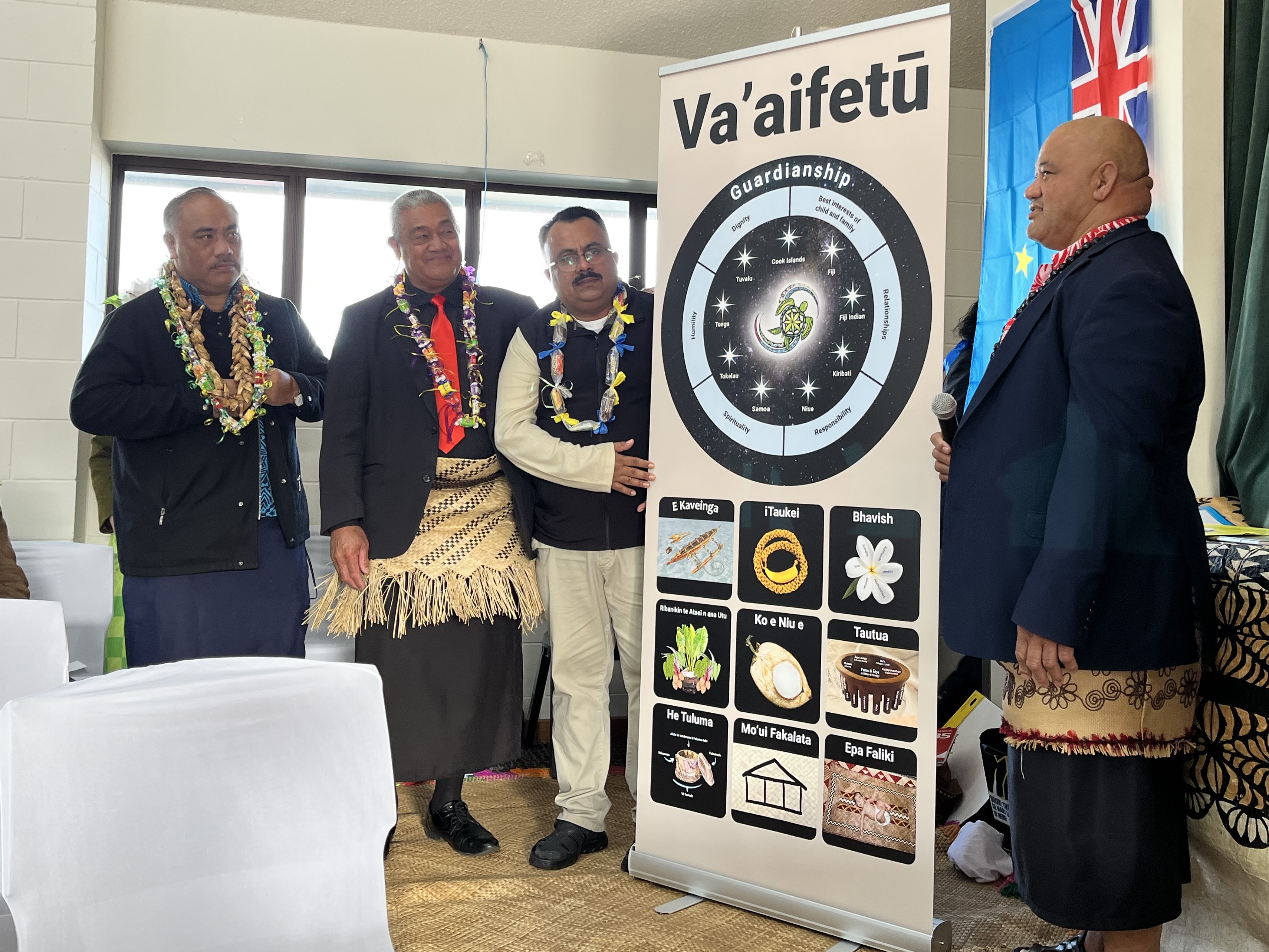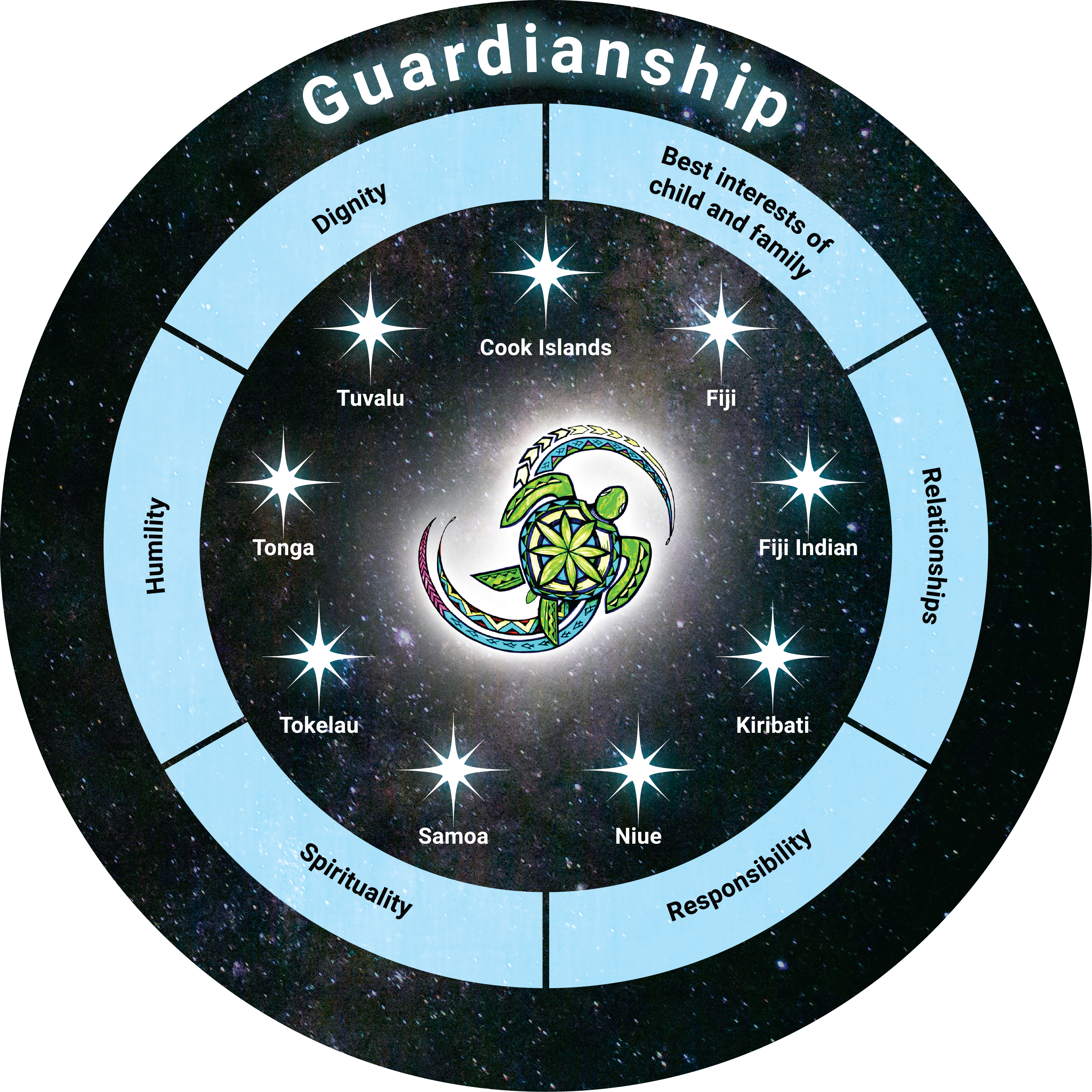Va’aifetū: new model, same heart
Published: August 13, 2025
In June, we met with community leaders to celebrate the redevelopment of our practice model, Va’aifetū. This work has ensured Pacific knowledge, values and approaches are embedded in the model’s heart.

Va’aifetū was developed in response to a challenge from the Pacific community for government agencies to do better for Pacific children and families.
At its launch in 2015, Va’aifetū was acknowledged as a gift to the organisation. It was given to us with agreement that we would use it with respect and professionalism, and treasure its knowledge.
It began as a framework. This was comprised of a set of principles and ethnic-specific cultural approaches. These were used to guide social work practice with children and families of diverse Pacific Island cultures.
Over the past 4 years, Va’aifetū has been redeveloped. This was so it could be used as a guide to how we work with Pacific children and families - known as a ‘practice model’.
The Va’aifetū model was created in collaboration with Oranga Tamariki Pacific cultural advisors, collectives and community cultural advisors.
The meaning behind the name ‘Va’aifetū’
Va’aifetū is a Samoan metaphorical term derived from the words ‘va’ai’ which means to take care of, look, see, observe, consider; and ‘fetu’ which means star or stars.
The metaphor is about the guardianship of people — their light, intelligence, wisdom, aspirations, strengths and potential. The stars are the children, families and practitioners.

Blessing the redeveloped Va’aifetū practice model
The June event was a time of celebration. It was also a time of acknowledgement and remembrance. It marked a major milestone in a very long journey, and excitement about what lies ahead.
There were speeches, performances and the blessing of the new iteration of Va’aifetū, with pastoral leaders representing the different cultures.
Acknowledging the pioneers
At the event, Deputy Chief Executive Professional Practice and Chief Social Worker Nicolette Dickson noted the journey of Va’aifetū. She described it as one of knowledge on the pathway to hope and healing.
Va’aifetū has grown from hard work and diligence over many years, by many hands in pursuit of cultural ways of knowing and doing that offer pathways of hope and healing to Pacific children and families who come to the attention of Oranga Tamariki
Nicolette Dickson , Deputy Chief Executive Professional Practice and Chief Social Worker
Nicolette thanked previous Chief Social Workers, the Pacific Panel, Ministerial Advisory Board and Pacific collectives around the country. She thanked them for aiding the journey and for bringing the model to life and nurturing it.
Guest speakers included Saunoamaali’i Dr Karanina Sumeo. Dr Sumeo spoke on her work in the early iteration of Va’aifetū. She noted how the model was developed to uphold the dignity of Pacific children, families and practitioners.
She acknowledged the young people in youth justice residences who provided artwork for the initial framework. “See me”, is what they were saying.
Dr Aulola Lino led the redevelopment of Va’aifetū for 12 months. She referred to the children and young people as navigators.
At the heart of Va’aifetū is the talanoa – open, respectful dialogue
Dr Aulola Lino , Site Manager at Oranga Tamariki
Launching the new Va’aifetū model
Regional leaders of practice will be introduced to Va’aifetū. They will be introduced to this alongside the redeveloped Te Toka Tūmoana practice model. This model is for working with tamariki and whānau Māori.
Sites will be lead to implement both practice models from October 2025.

